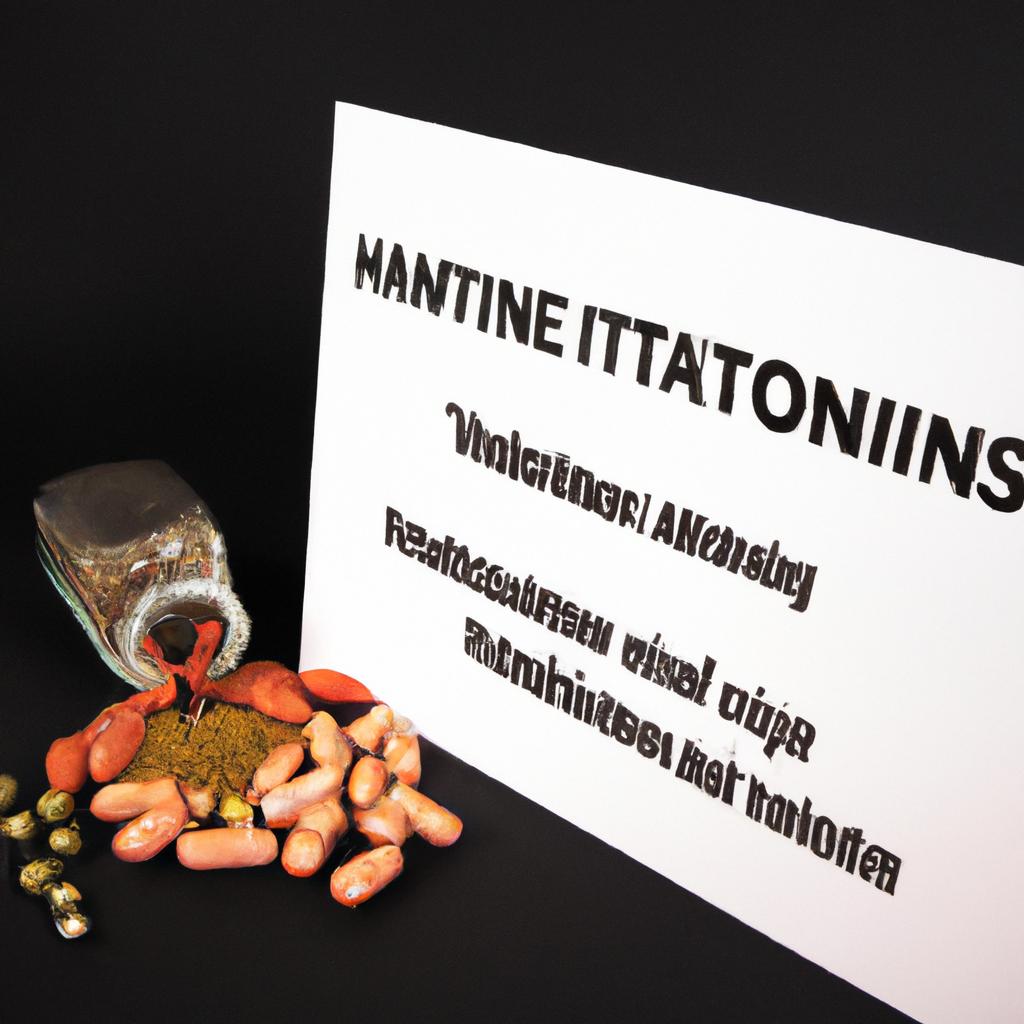**”The Effects of Nutrient Timing on Hormonal Response: Optimizing Anabolic and Catabolic Processes for Enhanced Athletic Performance”**
# The Effects of Nutrient Timing on Hormonal Response: Optimizing Anabolic and Catabolic Processes for Enhanced Athletic Performance
In the world of sports and fitness, understanding the intricate relationship between nutrition and hormonal responses can significantly influence athletic performance. Nutrient timing refers to the strategic consumption of macronutrients around training sessions to optimize physiological responses, particularly those related to anabolic (muscle-building) and catabolic (muscle-breaking) processes. By aligning nutrient intake with workout schedules, athletes can enhance recovery, improve performance, and ultimately achieve their fitness goals. This blog post will delve into the science of nutrient timing, its effects on hormones, and how it can be leveraged for better athletic outcomes.
## Understanding Hormonal Response
### The Role of Anabolic Hormones
Anabolic hormones, such as insulin, testosterone, and growth hormone, play a crucial role in muscle repair and growth. These hormones promote protein synthesis, allowing muscle fibers to recover from the stress of exercise. Insulin, in particular, is vital for transporting nutrients into cells, supporting energy production and muscle recovery. Timing nutrient intake correctly can enhance insulin sensitivity, maximizing its benefits for muscle growth.
### The Role of Catabolic Hormones
Conversely, catabolic hormones, including cortisol and adrenaline, are activated during stress, such as intense exercise. While these hormones are necessary for energy mobilization, elevated levels can lead to muscle breakdown if sustained for extended periods. Understanding how to manage these hormonal responses through nutrient timing can prevent excessive catabolism, allowing for more effective training adaptations.
## Nutrient Timing Strategies
### Pre-Workout Nutrition
Fueling the body before a workout is essential for optimizing performance and hormonal response. Consuming carbohydrates and protein approximately 30-60 minutes prior to exercise can increase insulin levels and provide readily available energy. This can enhance performance while also supporting the anabolic response post-exercise.
### Post-Workout Nutrition
The post-workout window is often referred to as the “anabolic window.” Consuming a balanced meal rich in protein and carbohydrates within 30-60 minutes after training can stimulate muscle protein synthesis, replenish glycogen stores, and promote recovery. This timing helps to maximize the effects of insulin, driving nutrients into muscle cells when they are most receptive.
## Nutrition Tips
1. **Prioritize Nutrient-Rich Foods**: Focus on whole foods that are high in quality carbohydrates (like sweet potatoes and whole grains) and lean proteins (such as chicken and legumes).
2. **Hydration Matters**: Stay hydrated before, during, and after workouts. Dehydration can negatively impact hormonal responses and overall performance.
3. **Experiment with Timing**: Everyone’s body is different. Experiment with the timing of your meals to see what works best for your performance and recovery.
4. **Consider Meal Frequency**: Eating smaller, more frequent meals can help maintain stable blood sugar levels and hormonal balance throughout the day.
## Exercise Advice
### Incorporate Strength Training
Engaging in strength training is essential for stimulating anabolic hormone production. Aim for compound movements that target multiple muscle groups, which can induce a greater hormonal response compared to isolation exercises.
### Include High-Intensity Intervals
Incorporating high-intensity interval training (HIIT) can elevate cortisol and adrenaline levels temporarily. However, be cautious about the duration and frequency of such workouts to avoid excessive catabolism.
## Health Benefits
### Enhanced Muscle Recovery
Strategic nutrient timing can significantly improve muscle recovery, reducing soreness and enhancing performance in subsequent workouts. This is particularly beneficial for athletes engaged in frequent training sessions.
### Improved Body Composition
By optimizing anabolic processes while managing catabolic responses, athletes can achieve a favorable body composition, increasing lean muscle mass while reducing body fat.
### Hormonal Balance
Proper nutrient timing can help maintain hormonal balance, reducing the risk of overtraining and associated health issues. This balance is crucial for long-term athletic performance and overall well-being.
## Conclusion
In summary, optimizing nutrient timing around workouts can significantly influence hormonal responses, enhancing both anabolic and catabolic processes crucial for athletic performance. By strategically timing nutrient intake before and after exercise, athletes can maximize recovery, improve performance, and achieve their fitness goals while maintaining hormonal balance for overall health. As you refine your approach to nutrition and training, remember that consistency and personalization are key to unlocking your full athletic potential.















Post Comment